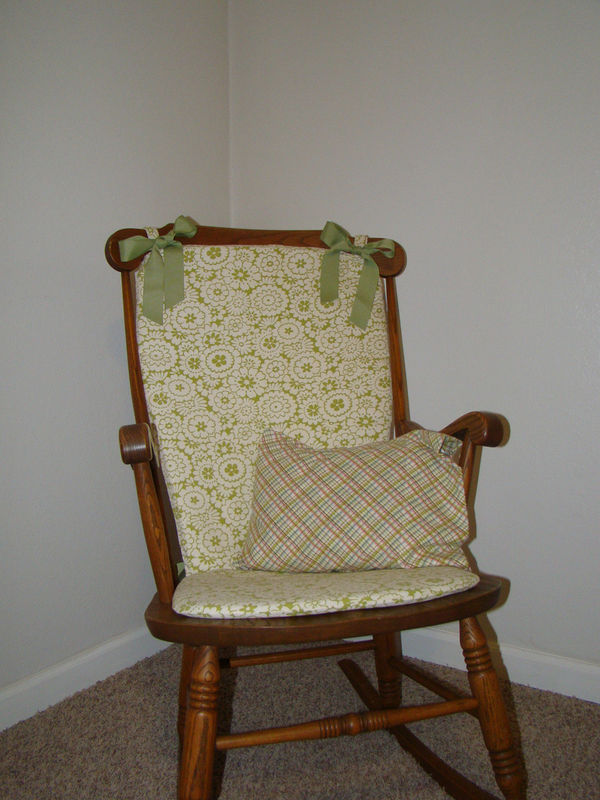1. Before using any parts that come in contact with breast milk, it is important to wash them before use. Wash the parts in hot soapy water and air dry. You can use the dishwasher if your parts are dishwasher safe. If you are still worried about germs, you can use the Medela steam bags to sterilize your breast pump parts and accessories.
2. Before handing any of your breast pump parts, wash your hands. Learn to use proper hygiene before handling any of your breast pump parts to avoid contamination and spread of bacteria.
3. Find a comfortable place to use your breast pump.
4. Take your parts out of your bag and connect the tubing to the breast shields.
5. Gently place the breast shields on your breasts. They should feel comfortable and expressing breast milk shouldn’t hurt. The breast shield should cover all of your aerola. Your nipple should be in the center of the flange.
6. Turn on your breast pump. Some models feature a faster mode, often referred to as the let down mode. This mode imiitates a baby’s suckling motion that he or she does when first latched on to the breast. It is designed to let down your milk and get the milk flowing.
7. Try to relax while you are expressing milk. If you have trouble producing milk, you might bring a picture of your baby or a blanket. This might help you think of your baby and allow your milk to flow better.
8. Allow yourself at least 15 minutes to adequately express the milk from your breasts. Continue to pump until you see your milk slowly dripping. If you want to increase your production, continue pumping for an additional five minutes are the milk slows down. This will tell your body to produce more milk.
9. After you are finished expressing milk, carefully remove the breast shields from the breast to prevent spilling of the milk.
10. Turn off your breast pump and remove the tubing from your breast shields.
11. Store the milk according to the breast milk storage guidelines. Place milk into sealed bottles or storage bags until ready for use.
12. Rinse off your breast pump parts, store them in the refrigerator, or wash them for your next pumping session. Note: if you are at work you might not have the option to wash your breast pump parts in a clean and safe environment.
13. Place tubing in back into your pump bag to avoid contamination.
